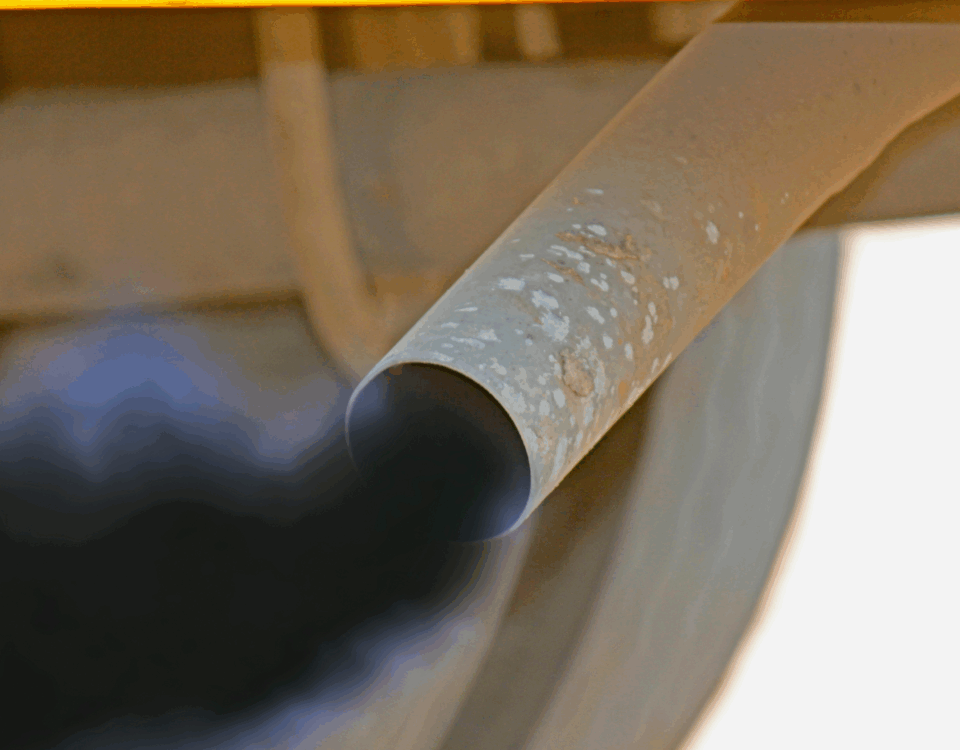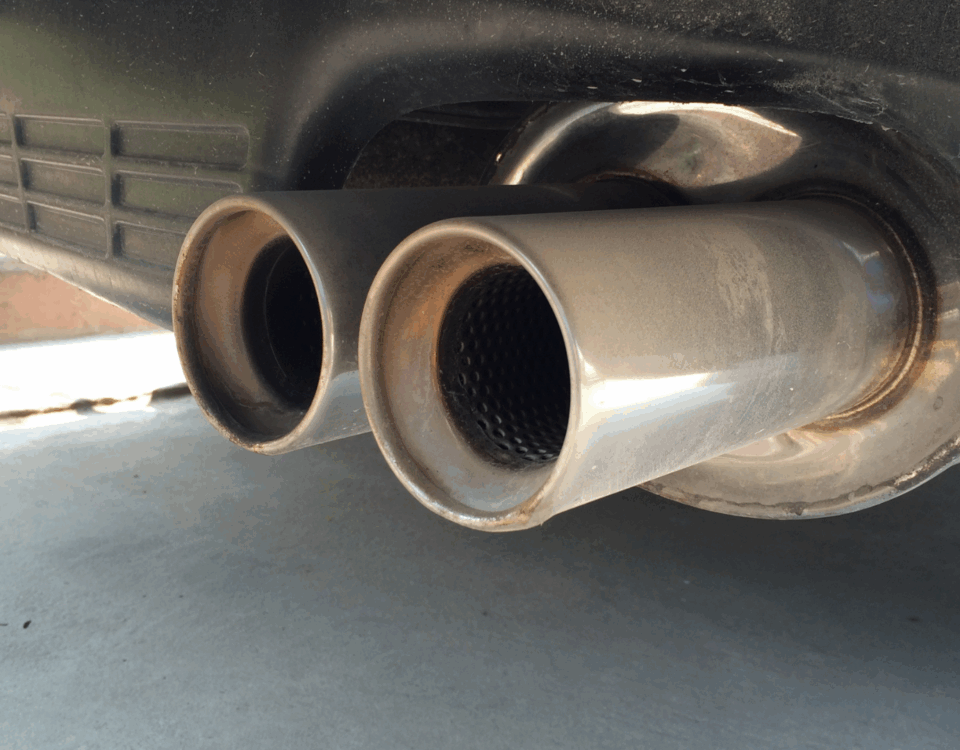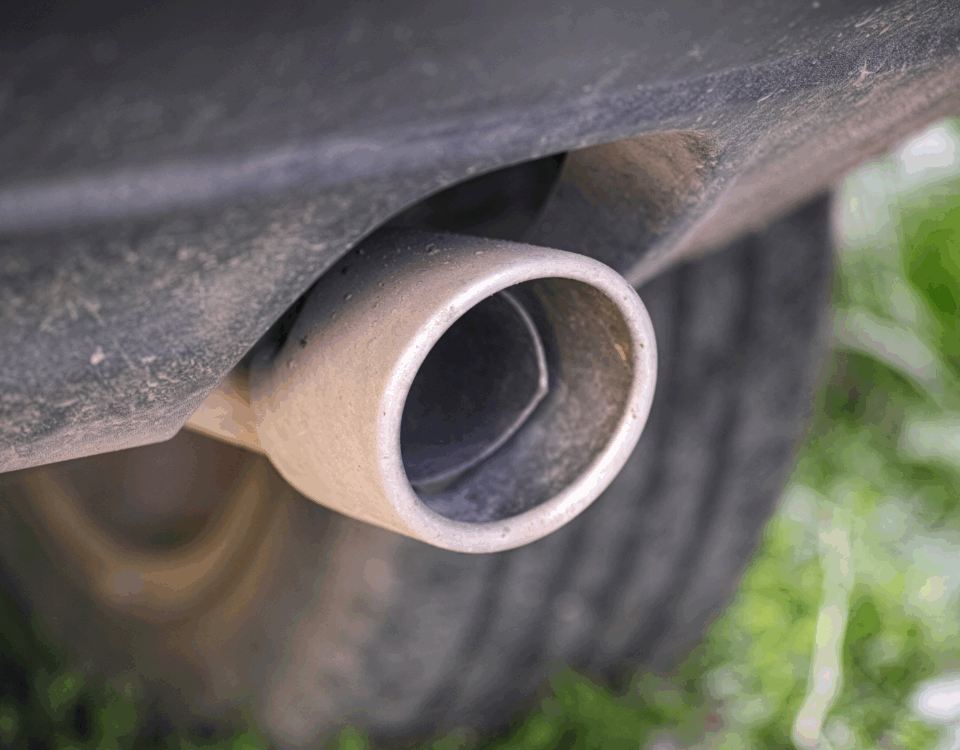
Understanding Smog Checks: Why They Matter for Your Car and the Environment
November 14, 2023
The Role of Smog Inspection Stations in Environmental Protection
November 17, 2023For many vehicle owners, a trip to the smog inspection station can be a source of uncertainty. Understanding the process and what to expect can help alleviate concerns and ensure a smoother experience. In this article, we’ll provide an insider’s look at what happens at a smog inspection station, offering valuable insights into the procedures and considerations that take place during this mandatory vehicle check.
Welcome and Documentation:
Upon arrival at the smog inspection station, expect to be greeted by staff who will guide you through the initial documentation process. Be prepared to provide your vehicle registration and any relevant paperwork.
Vehicle Identification and Preparation:
The next step involves verifying your vehicle’s identification details, such as the make, model, and vehicle identification number (VIN). Your vehicle will then be prepared for the inspection, including securing it to the testing equipment.
Visual Inspection:
A smog inspection typically begins with a visual examination of key emission control components. The inspector will check for the presence and proper functioning of components such as the catalytic converter, fuel filler cap, and exhaust gas recirculation (EGR) valve.
OBD-II System Check:
Modern vehicles are equipped with On-Board Diagnostics (OBD-II) systems. The inspector will connect a diagnostic tool to the OBD-II port to check for any error codes or malfunctions. A properly functioning OBD-II system is crucial for passing the smog inspection.
Emission Levels Measurement:
The heart of the smog inspection involves measuring the vehicle’s emissions. This is done by connecting a probe to the vehicle’s tailpipe to analyze the exhaust gases. The inspector will assess the levels of pollutants such as nitrogen oxides, carbon monoxide, and hydrocarbons.
Testing Equipment Calibration:
To ensure accuracy in emissions measurements, smog inspection stations regularly calibrate their testing equipment. This is a crucial step in maintaining the reliability of the results.
Results and Certification:
Once the inspection is complete, the inspector will provide you with the results. If your vehicle passes, you’ll receive a smog certificate, which is often required for vehicle registration. In the case of a failed inspection, the inspector will explain the issues, and you may be provided with information on necessary repairs.
Considerations for Failed Inspections:
If your vehicle fails the smog inspection, don’t panic. The inspector will guide you on the necessary steps to address the issues. Some smog inspection stations may offer diagnostic services or recommend reputable repair facilities to assist with necessary fixes.
Understanding Waivers and Retests:
Depending on your location, there may be options for waivers or free retests if your vehicle initially fails the smog inspection. Inquire about the station’s policies regarding retests and any associated fees.
Payment and Feedback:
Before leaving the smog inspection station, you’ll likely be required to pay for the services rendered. Some stations may also request feedback on your experience to continually improve their services.
Visiting a smog inspection station doesn’t have to be a daunting experience. Knowing what to expect can empower you to prepare your vehicle and navigate the process with confidence. Whether your vehicle passes with flying colors or requires some attention, the insights gained during a smog inspection contribute to cleaner air and a healthier driving environment.
Read More:
The Role of Smog Inspection Stations in Environmental Protection





